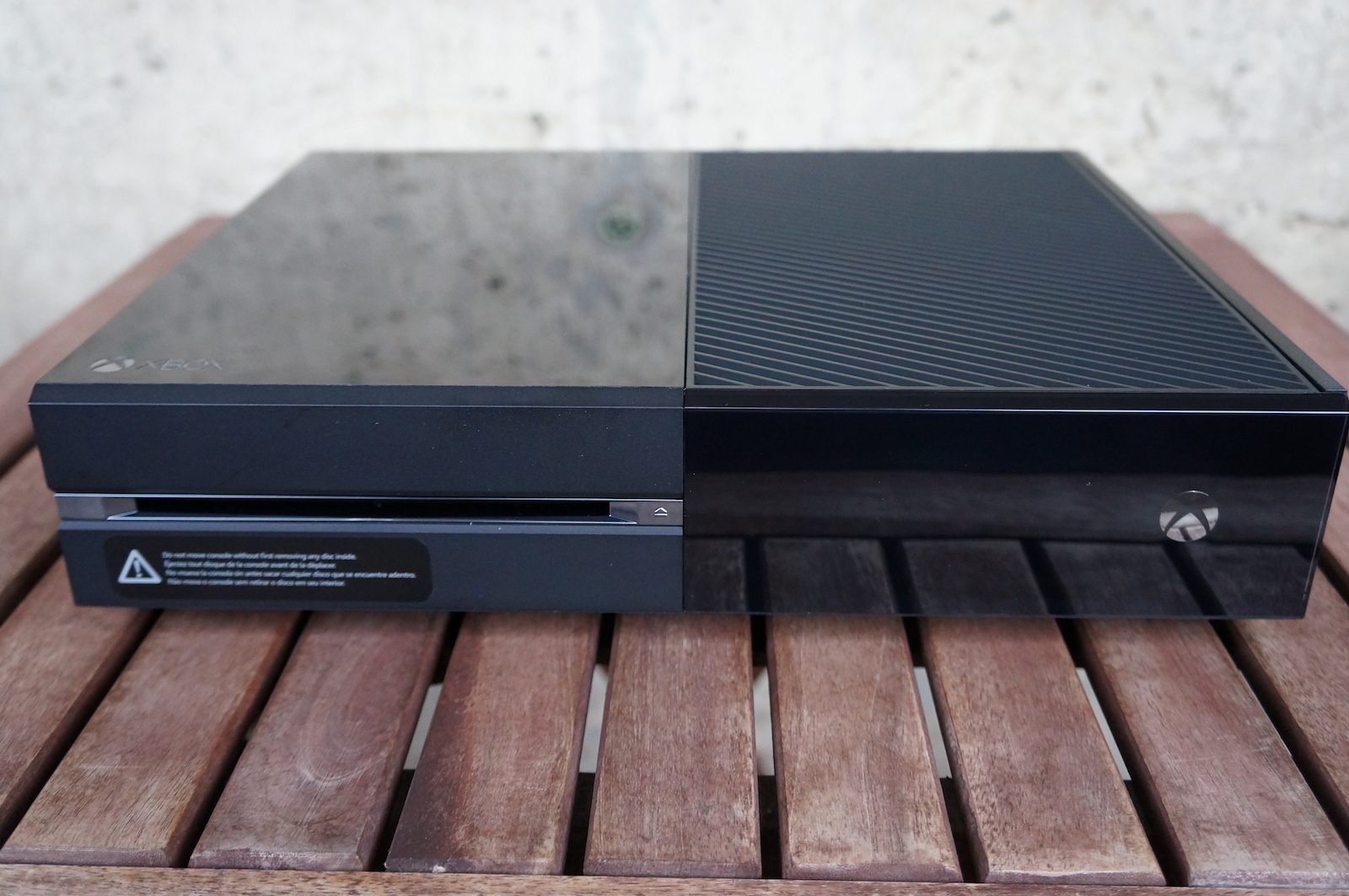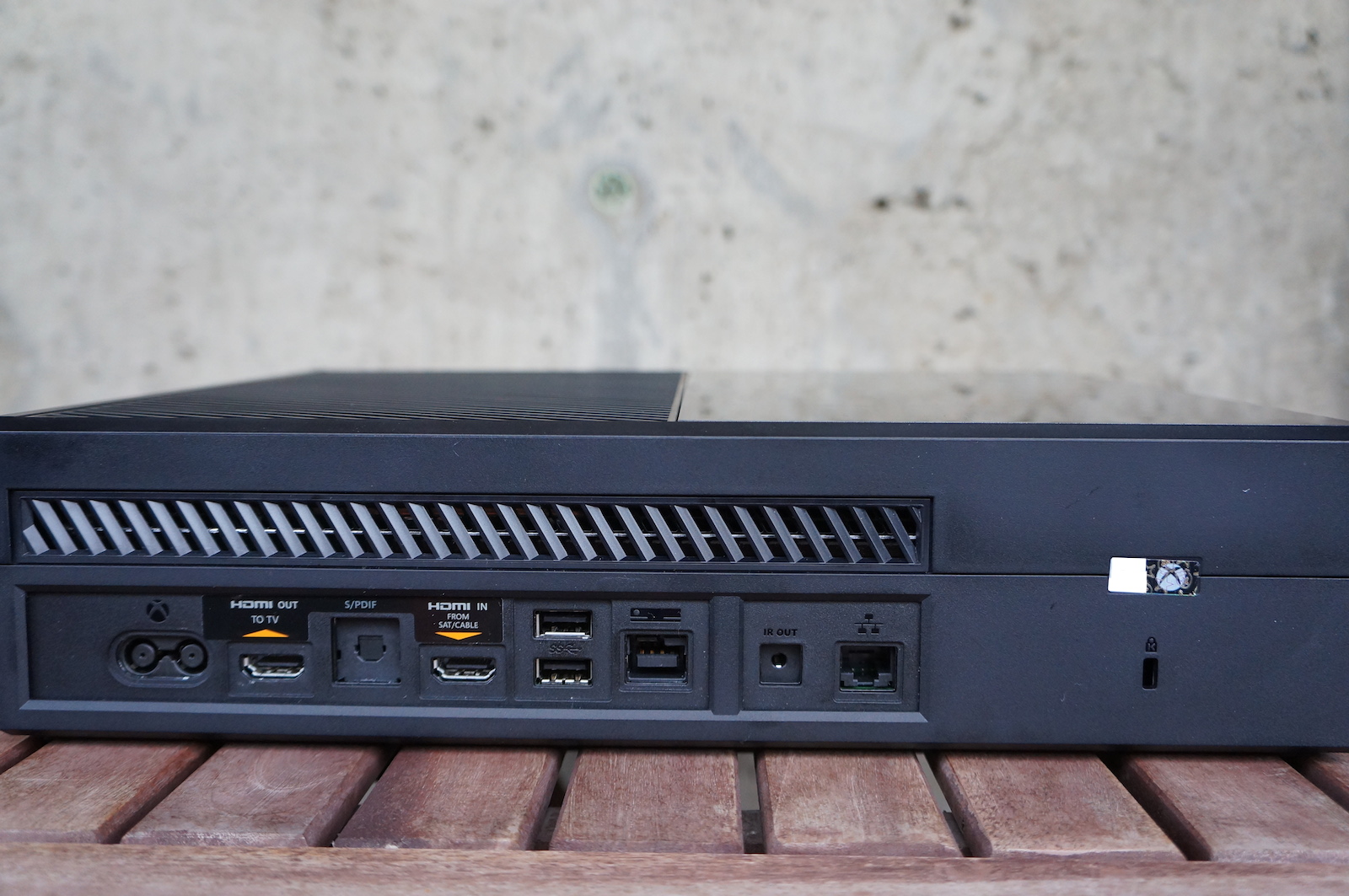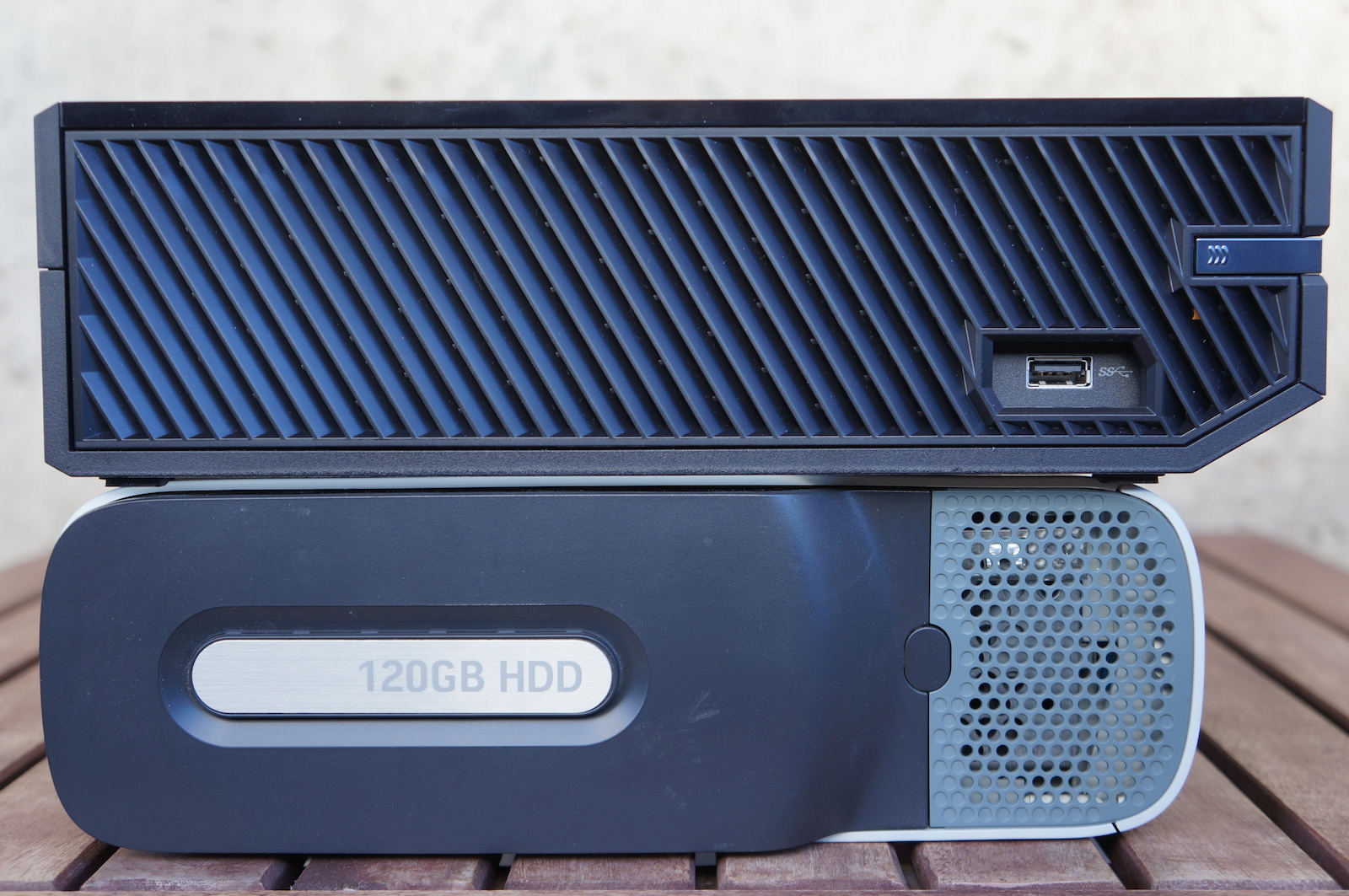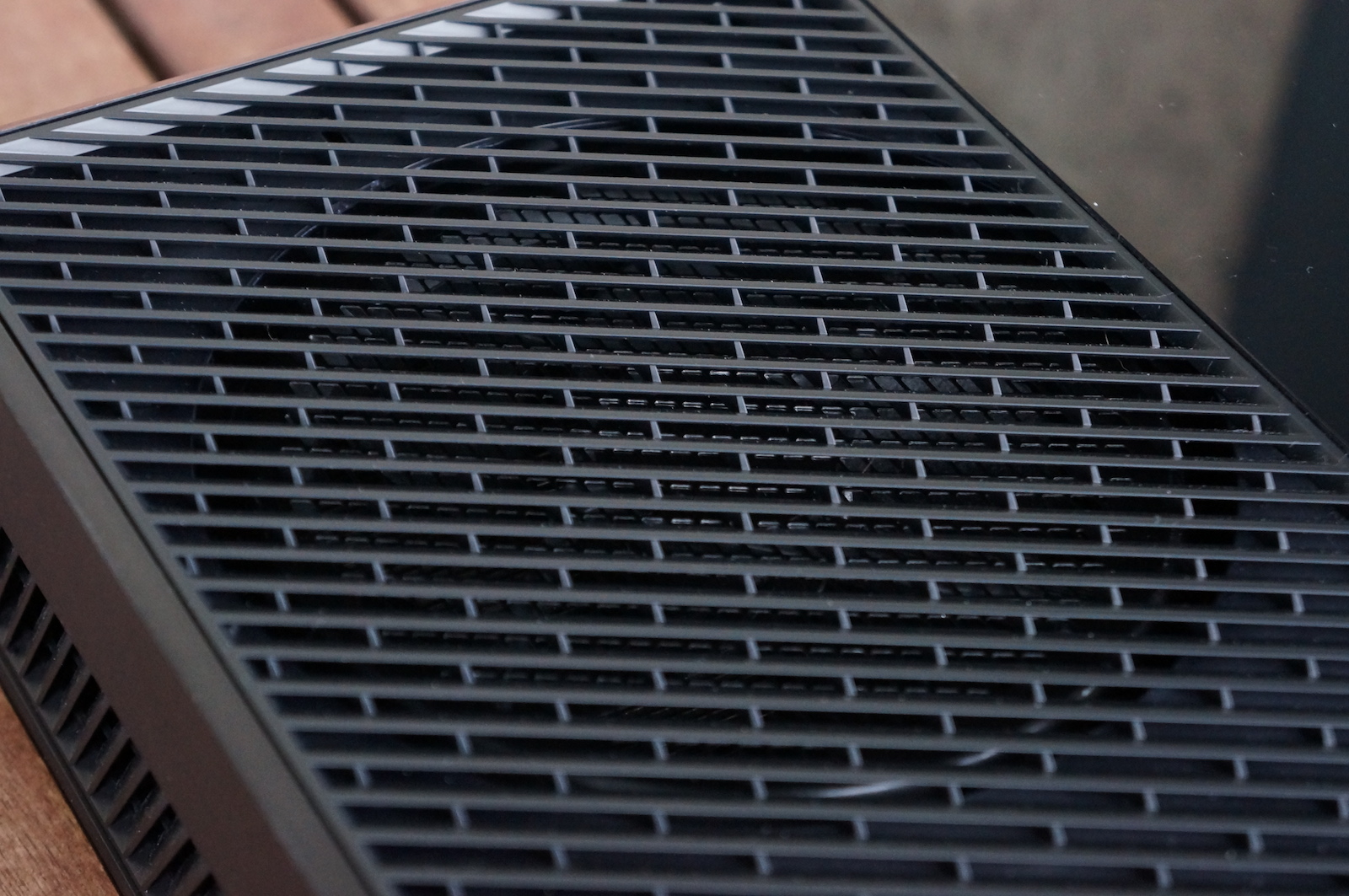Xbox One Review: Unifying Your Living Room Experience
We've been messing with Microsoft's Xbox One for a while now, and it's surprisingly hard to compare against Sony's PS4. Join us as we walk through the hardware, the software, and the console's role quarterbacking your more connected living room.
Xbox One: The Exterior Design
Eight years have passed since the Xbox 360 debuted and today's Xbox One introduction. That's a massive span between two generations of anything calling itself technology, never mind gaming consoles.
Let's put this into perspective. Call of Duty 2 was a launch title on November 22, 2005. In the time leading up to Call of Duty: Ghosts, there were 10 other additions to the franchise. Think back to the PC you were gaming on when Call of Duty 2 came out. Would it be able to run Call of Duty: Ghosts today? Probably not. Even though the CoD games aren't as taxing as Battlefield, the minimum CPU required for Ghosts is a Core 2 Duo E8200. That didn't even show up until 2008.
Consequently, this generation's consoles are pretty important to pay attention to; they'll probably be with us for the decade's remainder.
Xbox One Design
Meet the Xbox One. Its exterior design is minimalist, in one sense. But the console is by no means small, either. It's a big, black box that takes us back to the days of the original Xbox. In fact, the Xbox One could very well end up sporting the largest chassis in your home theater cabinet. Here are its specs compared to the device's predecessors:
| Header Cell - Column 0 | Width | Depth | Height |
|---|---|---|---|
| Xbox One | 13.1" | 10.8" | 3.1" |
| Xbox 360 | 12.15" | 10.15" | 3.27" |
| Xbox 360 S | 10.6" | 10.3" | 2.95" |
| Xbox | 12.5" | 10.5" | 4" |
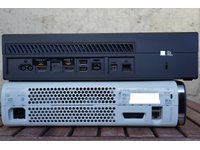
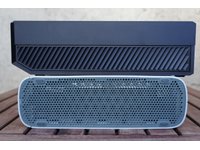
At launch, the Xbox 360 went to a shade of cream, perhaps to define itself as something different. But Microsoft made like AC/DC and was back in black for the Xbox 360 Elite and S. The same glossy, fingerprint-magnet finish graces the Xbox One as well. The Xbox 360 had curved edges, giving it an organic feel that also made it appear slimmer than it really was. The Xbox One, on the other hand, channels Microsoft's original design in some ways, exuding power.
Also like the first generation, the Xbox One cannot stand vertically. Microsoft's Albert Panello, senior director of Xbox product management, said that the Xbox One is meant to be used horizontally due to its slot-loading disc drive. He further expressed that the design decision wasn't related to cooling. Of course, that's a bit confusing, given existing examples of vertically-compatible optical drives, such as the direct competition's.
Microsoft does appear to have put a big emphasis on keeping its Xbox One well-ventilated, though. Given quality issues the company and its customers fought through with the first waves of Xbox 360 consoles, maintaining manageable thermals inside of this design's chassis was clearly a top priority.
Get Tom's Hardware's best news and in-depth reviews, straight to your inbox.
Sitting at the top of the Xbox One, beneath the outer grill, is an extra large fan that exhausts air from inside the console. We don't have airflow numbers to share, but it's naturally very quiet.
Current page: Xbox One: The Exterior Design
Next Page Power, Internal Storage, And Game Installations-
lostgamer_03 Great review, really made reflect over what a gaming machine should be able to do nowadays. A gaming machine isn't just a gaming machine anymore and the Xbox One, even though it might not be as powerful as PS4, is a really attractive product in my perspective.Reply -
Nahkman Reinventing the TV experience only applies to the Americas as the rest of the world does not really care much about ESPN, and also a lot of the functionality is NA only, there was also a rumor that kinect voice commands do not work in a lot of european countries.Reply -
Maziar Great reviewReply
At the time being,IMO PS4 is a better gaming machine;whereas,X1 is a better entertainment system.
PS4 has a more powerful GPU so it should perform better in games and is $100 cheaper too;whereas,X1 tries to do more than just gaming and costs more.
For me,PS4 is a better machine because I only tend to play games on a console but X1 is also a great machine -
de5_Roy 10 pages and.. nothing about xbone(R)'s gaming capability or gaming experience. the review was done well, but seems restricted to media capabilities. the device seems versatile.Reply
some of the ps4 reviews i read had info on gaming as well as media/entertainment. i mean info like how the games look and feel to a player, resolution and user perception, joystick (and other input devices) performance in gaming etc. -
daglesj As a 42 year old that back in 2006 played a lot of games on my console but now mainly uses it for media and streaming with a bit of gaming on the side (I'm sure I'm not the only one) the Xbox One is a more compelling unit than the PS4.Reply
I'm pretty sure MS went over the usage stats of the 360 and found that more and more people were using the media/TV/movie aspects. After all thats where the money is.
MS could sell half as many Xbox Ones as Sony but it will still be making far more per console in subscriptions and services. The money going forward isn't in games.
However, I don't think this generation will be as long lived as the 360/PS4. I see One.5 or PS4.5 models or total replacement within 5 years. -
zzzaac Unfortunately all these nifty things are half working or not working at all for countries other than US of AReply
I might be getting both, but to be honest I might not get any, as I've become more of a PC gamer -
cats_Paw I think im getting old, becouse when i read this i think that the Xbox one is basicly a low end PC with limited usability...Reply
